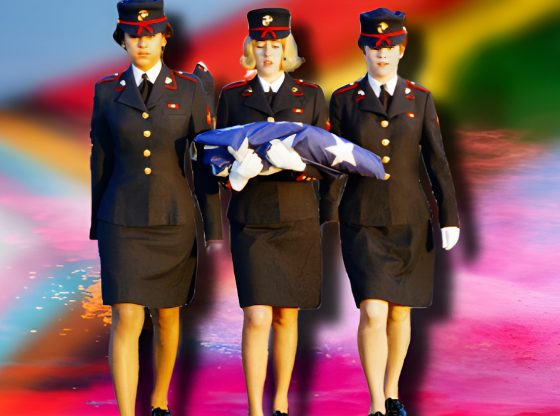We have increasingly seen the Pentagon using civilian contractor aggressor squadrons (‘Red Forces’) to help train U.S. fighter pilots in foreign enemy aircraft and tactics, but now we are seeing them employed to test carrier defenses as well. On December 18th they were employed as part of a Composite Unit Training Exercise, or COMPTUEX for the supercarrier USS Theodore Roosevelt and her escorts off Mexico’s Baja Peninsula.
The Roosevelt Carrier Strike Group (CSG), which typically includes at least three Aegis-equipped warships, usually a Ticonderoga class cruiser and two Arleigh Burke-class destroyers, notes Tyler Rogoway, is preparing for a new Pacific deployment.
He adds:
This advanced evolution stress tests the CSG’s defenses. It often includes a small air armada of U.S. military and contractor-owned tactical aircraft that act as enemy fighters, bombers, and cruise missiles in a coordinated fashion, employing similar ‘red air’ tactics as to what the CSG may face from a foreign adversary when on deployment.
The Drive uses open-source flight tracking websites, in this case, ADSBExchange.com, to provide a glimpse of what occurs during these aerial exercises. While only the contractor aggressor jets are visible on the computer tracking sites, Rogoway notes that:
The ‘Red Air’ component of these exercises also usually includes a detachment of fighters from one of the Navy’s aggressor squadrons, such as Hornets from Fighter Composite Squadron 12 (VFC-12) or Strike Fighter Squadron 204 (VFA-204). Other assets are also brought in, including those from the Air Force.
According to The Drive, based on the flight tracking sites noted above, the aggressor aircraft involved in the mock pack attack on the Roosevelt included:
4X Mk 58 Hawker Hunters [British]owned by Airborne Tactical Advantage Company (ATAC)
1X F-21 Kfir [Israeli] owned by ATAC
4X F-5ATs [US] owned by Tactical Air Support, Inc. (TacAir)
3X Learjet 35s [commercial] owned by Phoenix Air
2X U.S. Air Force KC-10s, one orbiting down south supporting the carrier’s air wing and another around San Clemente Island, likely supporting Navy aggressors.
All these jets usually “pack electronic countermeasures pods and can also be equipped with cruise missile radar seeker emulator pods to give similar cues to sailors as they would see in a real-life anti-ship missile attack,” notes The Drive. Photos even show the Learjets carrying jammer pods replicating electronic warfare aircraft.
Rogoway describes the mayhem:
In the late afternoon on December 18th, all these red air assets were in holding over and around San Clemente Island, when, on cue, many of them started pushing south. It was a wall of tactical aircraft, a dozen jets being visible on the tracker, and surely more being present in reality. A wall of four Hunters pressed south at high-subsonic speed at around 10,000 feet, while a single transonic F-21 Kfir led out in front at 40,000 feet. Oftentimes the Kfirs are used to simulate the attack profiles of high-speed anti-ship cruise missiles, using their supersonic capabilities to dive onto the ships below from high altitude, and then skimming low over the water for their simulated terminal attack.
As The Drive notes, the entire ‘pack attack’ “lasted about 45 minutes, with the action really occurring over less than 30 minutes.” While the exercise results are unavailable, many of these contractor aircraft likely got ‘splashed’ by the CSG’s substantial layered defenses.
The opinions expressed by columnists are their own and do not necessarily represent the views of AmericanActionNews.com.















